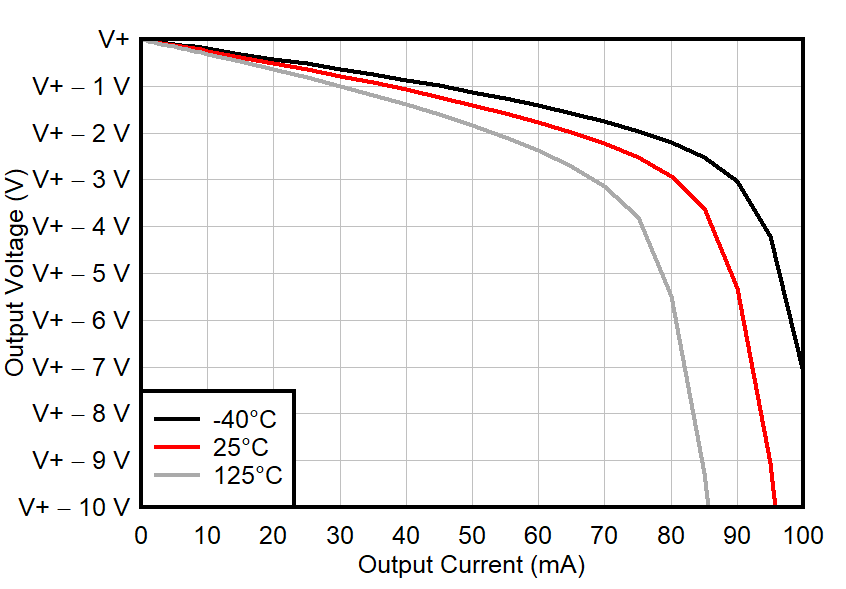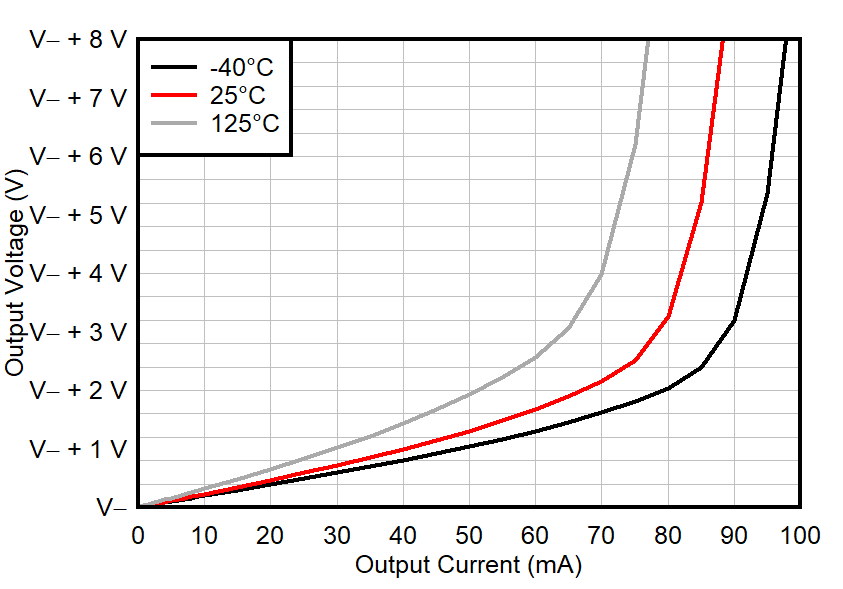Other Parts Discussed in Thread: OPA4171,
Tool/software:
Hi Team,
I am promoting OPA4991 to replace OPA4171 in my customer.
The DS of OPA4991 only gives output swing @25 degrees of Vin = 2.7V or 40V.
Do you have the min/typ/max data @ full temp TA = –40°C to 125°C of Vin = 5V, RL = 10Kohm? If you don't have the data, do you have some methods to estimate it?

In addition, for OPA4171, it only gives typ output swing @25 degrees of Vin = 5V, RL = 10Kohm. Do you have the min/typ/max data @ full temp TA = –40°C to 125°C of Vin = 5V, RL = 10Kohm?

Thanks a lot.
Best regards,
Yang






